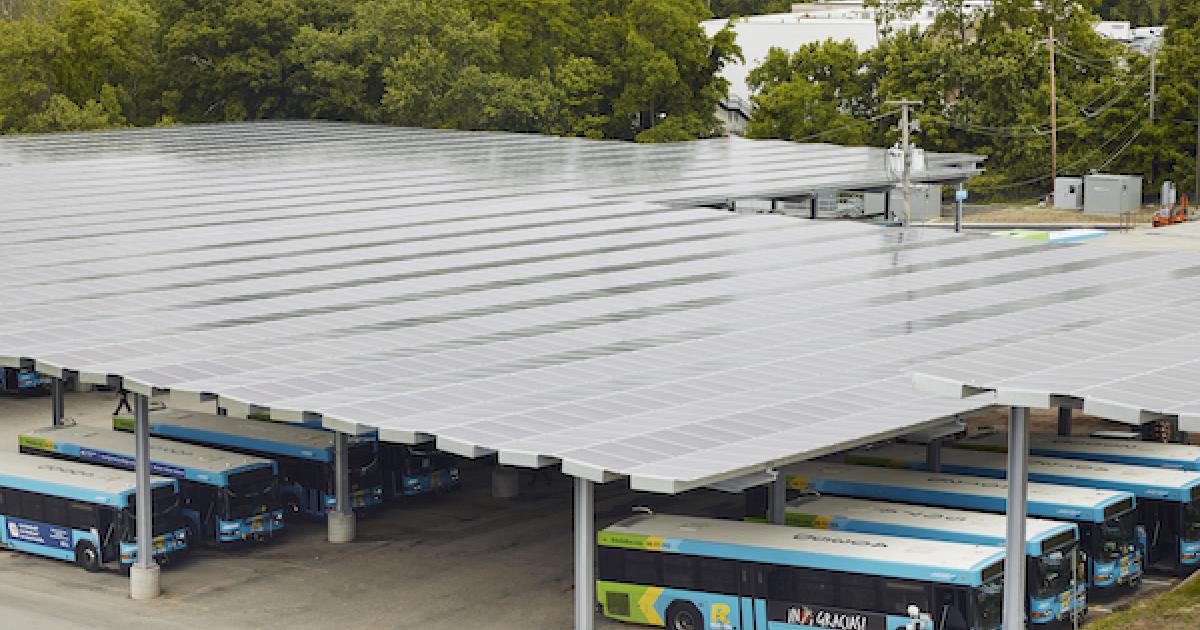Why solar microgrids are the future of sustainable energy

Solar energy is rapidly developing as one of the most dependable forms of renewable energy production — delivering on sustainability and resilience promises. The challenge for decades, however, had revolved around two key issues: the cost of the technology and a cost-effective way to store the energy.
However, costs are falling so much that in 2021, 46 percent of all new electric capacity added to the grid came from solar, and the trajectory is far from slowing down, according to the Solar Energy Industries Association (SEIA). With solar adoption trends signaling that cost concerns are being addressed, the answer to the challenge for storing solar energy is already here: microgrids.
Looking back to go forward
Solar energy dates back at least a century, and recent improvements in the past two decades have dramatically accelerated its efficiency and affordability, making it competitive with fossil fuels.
By harvesting sunlight to create photovoltaic power (PV), organizations are moving energy systems and buildings towards a decarbonized future. This energy conversion creates significant opportunity for solar power. When solar energy is produced and consumed at the same location, it’s an even more sustainable solution because there are no inefficiencies caused by transmission across vast power lines.
The future of solar, however, is only compounding in its utility with the addition of energy storage technology, which enables energy produced during daylight hours to be used later. While the rates of solar power adoption continue to grow, energy storage costs are falling and capacities are increasing, leading to more opportunities for microgrids. The combination of localized solar energy production and flexible battery energy storage offers a new approach to energy delivery through microgrids.
Maximizing solar opportunity
Microgrids are flexible, local and reliable energy systems that can harness solar energy as a vital resource when riding through and recovering from power outages caused by storms or natural disasters. Microgrids are essential for projects and infrastructure that depend on solar energy; together, they provide energy whenever the infrastructure needs it. By leveraging solar energy, battery energy storage and any other available energy resource, such as wind or biogas, microgrids help individuals as well as critical facilities, such as hospitals, to weather the storm with efficiency and reliability.
Solar microgrids are a great step toward a sustainable future and resilient energy systems, and its adoption is cutting future energy costs in addition to mitigating carbon emissions. Because microgrids are scalable and modular, they meet individual, large and critical installments, providing energy users such as commercial and industrial buildings or campuses with a path toward a more proactive, localized and resilient approach to meeting their energy needs.
Defining the future of energy
One of the most important emerging use cases for solar microgrids is their ability to support a stable grid for others. As more adoption of variable renewable energy occurs (such as solar and wind), there is an even greater need to produce energy as close as possible to the point of consumption while providing flexibility for when that energy is used.
Combining solar energy with battery energy storage and investments in microgrids creates the foundation for a cleaner and more resilient future. In the U.S., 2020 and 2021 were the two largest years on record for on-site commercial solar according to SEIA. Widespread adoption is key to having a collective positive effect on the environment, and while solar usage has risen, microgrid installations should be rising along with it.
Microgrids not only tap into the power of solar energy, but also drive the technological connection between its distribution and its harvest. Incorporating microgrids into buildings and homes is the next natural progression for solar adoption. The future of energy is more localized, more sustainable and more flexible, providing an opportunity to create impactful change and withstand extreme circumstances. With the power of microgrids, we know what it takes to usher in and prepare for a more sustainable future.
The post "Why solar microgrids are the future of sustainable energy" appeared first on Trellis

